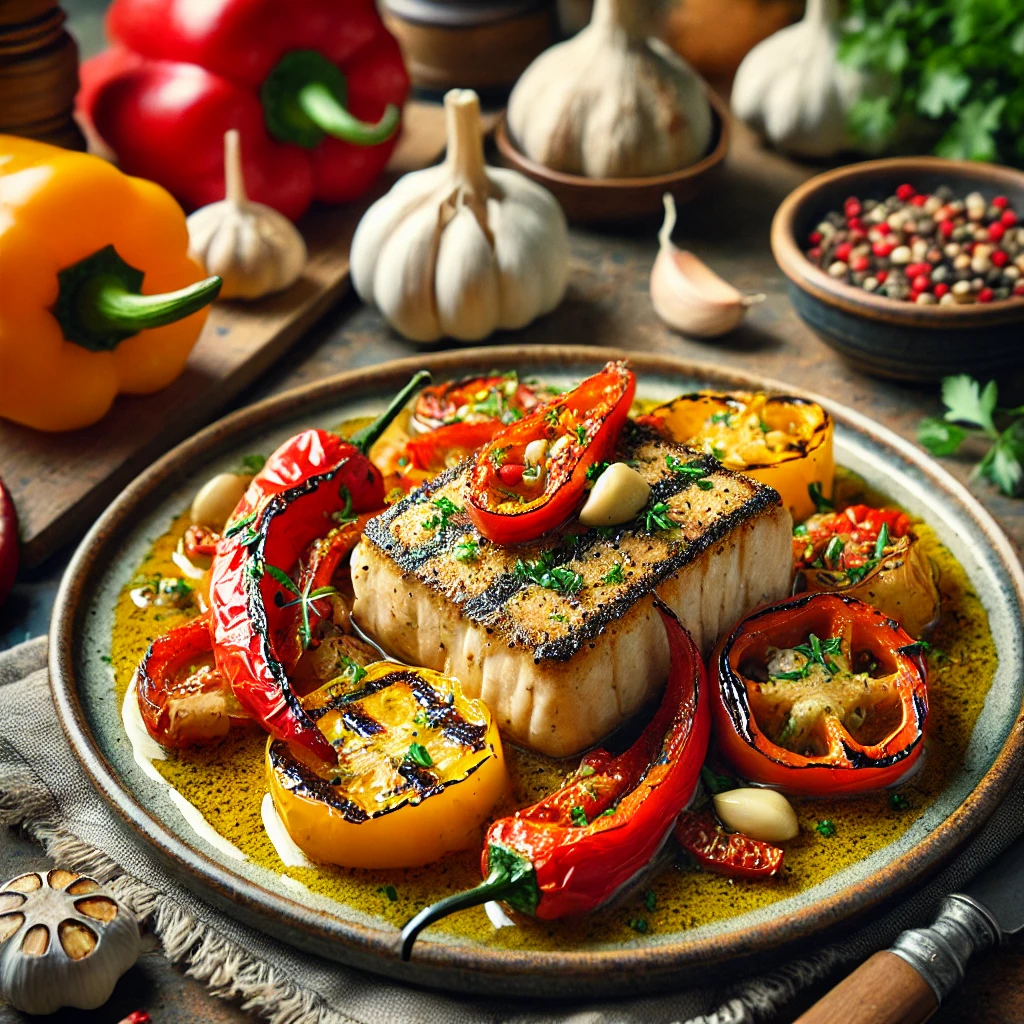Fondant
Fondant
A Recipe for Advanced Learners
Ingrediënten
- 4½ cups 1 kg Granulated sugar
- 5 tbsp 100 g Glucose syrup
- 1¾ cups 400 ml Water
Instructies
- Stir the granulated sugar into the water, bring to a boil on a high heat, skim, and add glucose.
- With a wet brush, repeatedly wash the sugar away from the edge.
- Heat the sugar mixture to 239 °F (115 °F), to the firm ball stage (see simple syrup p.
- 40).
- Pour onto a marble board dampened with water, sprinkle the top with water, and pull from the inside to the outside with a wooden spatula until the mixture is body temperature.
- At first it will be milky white, then become more and more transparent and will finally solidify as you work it.
- Cover it with a damp towel.
- Knead until smooth and use as desired.
- Use: for punch cakes or punch tortes, for glazing Danish pastries, or for cream schnitten
Notes / Tips / Wine Advice:
Tips:
Couverture differs from common chocolate in the high quality of all the ingredients, the high proportion of cocoa butter, and a comparatively low sugar content. In addition, it is “conched,” or kneaded, until a fine, soft sheen and an irreplaceable aroma appear.
Couverture is never cheap and so it should be used with proper care. So that it shines in the glaze as well as the package, it must be carefully tempered. The cocoa butter has a melting point of 93 °F (34 °C), which is exactly the temperature at which the couverture should be melted in a bain-marie before use. No water should get in the couverture. After being tempered, the couverture can be removed from the heat and stirred cool until just before it hardens.
Now you can really begin to work with couverture. Warm it to 93 °F (34 °C) again and follow the recipe.
And one more thing: If you have soft couverture left over, you can simply let it harden. After being tempered correctly, it will serve you just as well later.
- The glucose syrup in this recipe is a purified, concentrated, liquid solution of edible saccharides from starch. It can be hard to find in a “normal” store, but it makes cooking sugar much easier, unlike the potato syrup that used to be used for this purpose. Put your trust in a confectioner to sell you some of this “wonder ingredient,” or ask around in drugstores.
- Fondant can be stored for longer in a well sealed container covered with aluminum foil.
Couverture—The Queen of Chocolate
Chocolate is good, but couverture is better. Based on this motto, patissiers around the world agree that the finest chocolate desserts can only succeed with the most noble chocolate.Couverture differs from common chocolate in the high quality of all the ingredients, the high proportion of cocoa butter, and a comparatively low sugar content. In addition, it is “conched,” or kneaded, until a fine, soft sheen and an irreplaceable aroma appear.
Couverture is never cheap and so it should be used with proper care. So that it shines in the glaze as well as the package, it must be carefully tempered. The cocoa butter has a melting point of 93 °F (34 °C), which is exactly the temperature at which the couverture should be melted in a bain-marie before use. No water should get in the couverture. After being tempered, the couverture can be removed from the heat and stirred cool until just before it hardens.
Now you can really begin to work with couverture. Warm it to 93 °F (34 °C) again and follow the recipe.
And one more thing: If you have soft couverture left over, you can simply let it harden. After being tempered correctly, it will serve you just as well later.




